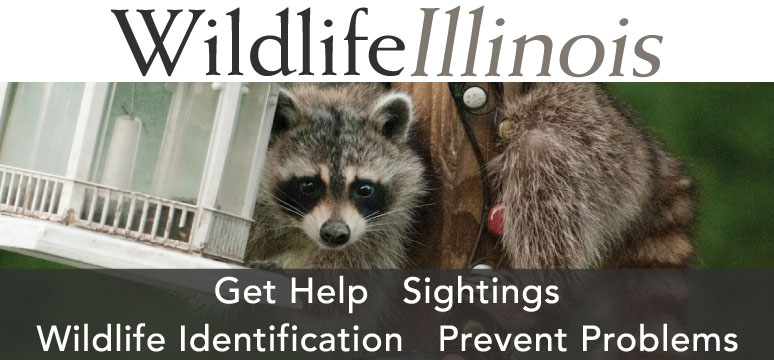
Photo by Michael R. Jeffords



Photo by Michael R. Jeffords
Upland game populations in Illinois have seen a slow, steady decline for most of the last 50 years. Changes in agriculture and land use have led to less upland habitat on the landscape. Modern farms are bigger, have fewer fencerows and idle areas, and consist of primarily two crops—corn and soybeans. Rabbits, quail and pheasant used to thrive alongside the agricultural practices of the 1950s and 60s when farms had more livestock, small grains, pasture and fencerows. During the 1970s, the shift in agricultural practices and land use accelerated and populations of upland game, and the number of hunters, began a noticeable decline that continues today.
Statewide, there is less suitable habitat available in Illinois than in years past. Localized areas of high-quality habitat can still be found across the state, but overall, there are fewer areas that support good populations of upland game; providing less opportunity for hunters.
The winter of 2017–2018 was relatively mild and winter mortality due to weather was likely low for pheasant, quail or rabbit. Spring brought above-average to record-breaking rainfall over a large portion of the state potentially impacting early nesting attempts, and rabbit litters in May and early June. From late June through most of August, weather conditions improved across much of the state.
The key to a successful hunt this fall will be locating and accessing quality habitat. All three of these species require different habitats, but there is considerable overlap. All three need protected places to raise their young, escape from predators, take shelter from severe weather and find adequate food and water.
The most limiting factor for the birds seems to be quality brood cover. This consists of areas with plenty of bare ground that chicks can move through while they hunt for insects with sturdy overhead forbs to conceal them from predators. Rabbits need brush piles or dense vegetation to escape predators and take shelter from the elements. Pheasant prefer larger grasslands with fewer trees, and quail are rarely found more than 75 yards from escape cover where they can hide from predators.
Cottontail Rabbit—Fair
Last season, 27,332 rabbit hunters shot an estimated 132,167 rabbits. Both of these numbers are above the previous year’s totals which were lowest on record. One index of rabbit abundance is the annual roadkill survey conducted by biologists across the state during the month of July. The number of road killed rabbits per 1,000 miles was 2.04, a 16 percent increase from last year.
Northern Bobwhite Quail—Fair
In the 2017-18 season, 8,597 wild quail hunters shot an estimated 29,385 quail. The number of wild quail harvested was the lowest on record and a 19.2 percent drop from last year’s record low numbers. IDNR also conducts annual bird surveys across the state to track trends for game birds and other grassland/shrubland birds. The results from this year’s surveys showed quail numbers along the routes to be roughly the same as last year.
Ring-necked Pheasant—Fair
Last season, 12,575 hunters harvested an estimated 33,876 wild pheasant. The encouraging news is harvest increased 62 percent from last year’s record low numbers and results from the annual bird surveys showed an 11 percent increase in the number of pheasant along annual bird survey routes.
Please keep in mind that the future of upland game hunting depends on the amount and quality of habitat. We encourage all landowners and hunters to take an active role in advocating for and managing upland habitat. Remember, even though these species are different, they all need four things to survive and reproduce: 1) ‘nesting’ habitat, 2) brood habitat to raise their young, 3) escape cover to hide from predators and inclement weather, and 4) available food and water.
It also is important to keep in mind that they need adequate escape cover and food 365 days/year. Please delay mowing during the nesting season (April through August) and leave some areas of habitat standing throughout the year. Good upland habitat looks “messy.”
More information on these species, and some management tips for each, can be found in the most recent IDNR Annual Pheasant, Quail and Rabbit Status Reports.
Wade Louis is the Acting Agricultural and Grassland Wildlife Program Manager for the Illinois Department of Natural Resources’ Division of Wildlife Resources.
Submit a question for the author